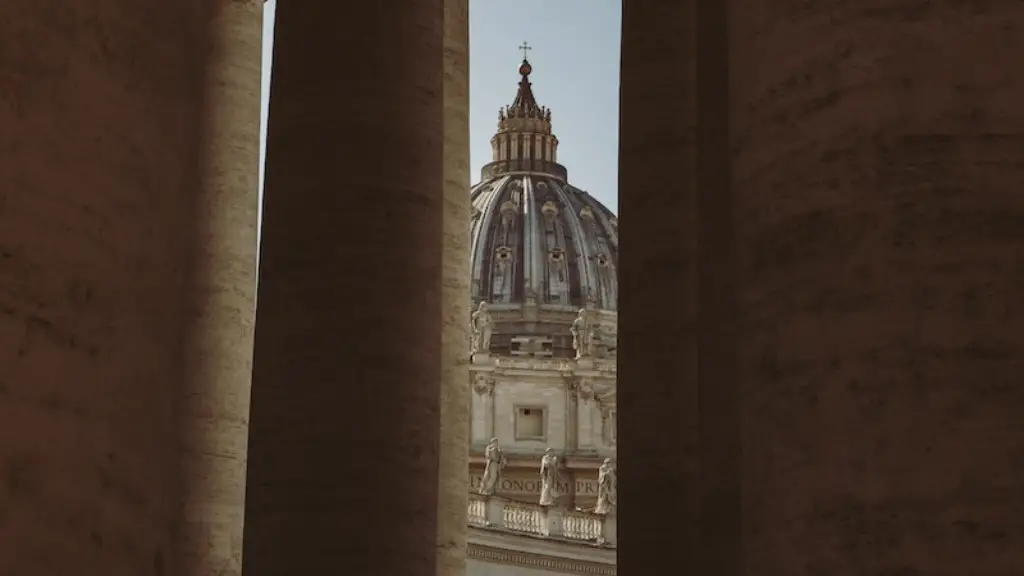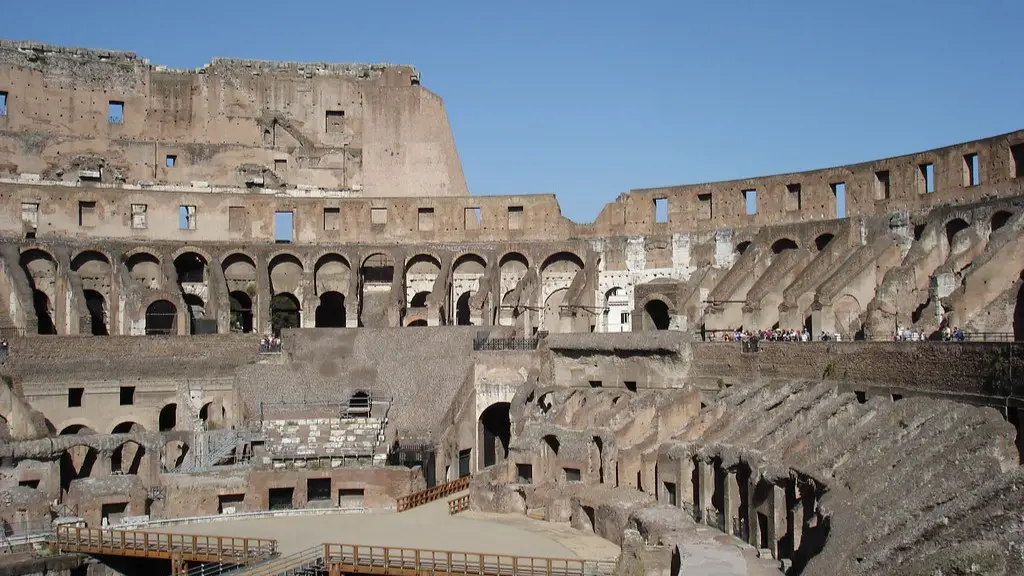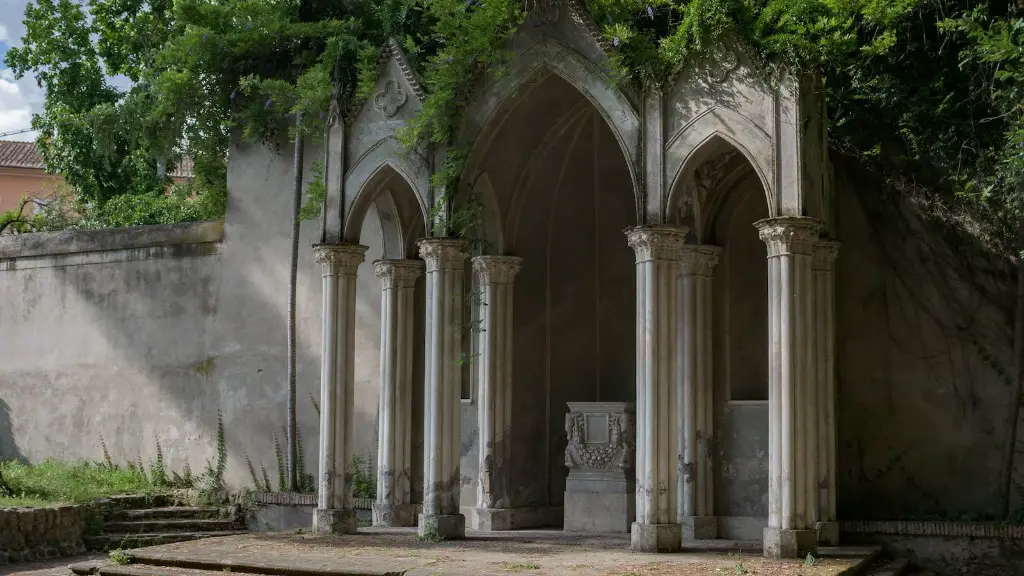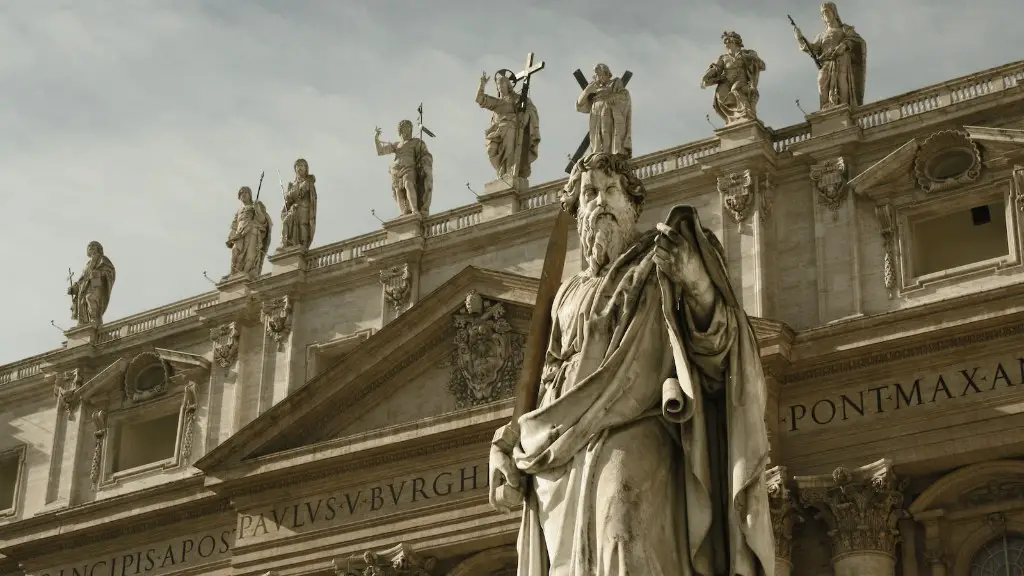The wealthy aristocrats of Ancient Rome were known as Patricians. Patricians were members of the upper echelons of Roman society and held influence over the lower classes. Patricians were typically the sons of former Roman politicians or soldiers, and had inherited their wealth and prestige. They accrued even further wealth through businesses and land ownership. Patricians benefited from many privileges and access to innumerable resources, leading to a significant disparity between the elite and the plebeian class. The Roman Senate was dominated by the Patricians, giving them an unparalleled amount of political power.
Roman historian Livy described the luxury of the Patricians, noting the acquisition of magnificent homes and opulent furnishings, the patronage of clever slaves, and the indulgence in gaming. This extravagance further exacerbated the divide between them and the lower classes, and was a source of resentment and envy among the plebeians. Throughout Roman history, the Patricians sought to protect their wealth and status against any kind of reform or redistribution of wealth. This ended in the Chaos of the Late Roman Republic, when rich and poor alike were required to pay oppressive taxes to the ruling elites.
At the same time, the wealth and power of the Patricians was also an important source of stability and progress in Ancient Rome. Patricians provided crucial resources to support the Roman military, and their economic prowess was highly valued. Patricians were also expected to uphold a certain moral code and to support charitable causes. This is why many Patricians were appointed to positions of power within the Roman government.
The wealthy Patricians of Ancient Rome eventually lost a significant amount of their power and influence. As the Roman Empire began to decline, politics shifted in favor of the plebeians and wealthy Patricians were replaced by the lower classes. This shift in power weakened the economic and political power of the Patricians, leading to a decline in their wealth and status.
The Role of Women
While Patricians were overwhelmingly male, some women of the Patrician class were able to gain influence and power. Usually, this was through birth or marriage. Women were not allowed to hold public office, but they were able to influence decision-making through their networks and relationships. Women were often educated, holding their own salons and engaging with the most important people in Roman politics. This gave the Patrician women a unique opportunity to be involved in important conversations and decisions. Some of the most powerful women in Roman history were Patricians, such as Livia and Agrippina.
In addition to their political involvement, Patrician women were able to amass considerable wealth through landowning and investment. Wealthy Patrician women used their financial resources to fund charities or support certain causes. They also enjoyed the same privileges as their male counterparts, such as access to the best education and art. These women had a significant impact on Roman society and their legacy continues to be felt today.
Romans and Slavery
The wealthy Patricians of Ancient Rome relied on slavery to support their lavish lifestyles. Slaves provided labor for homes and businesses, and in some cases were even used as decoration or luxury items. Wealthy Romans had vast numbers of slaves, and they were highly prized as symbols of wealth and status. Slaves were used as workers, artisans, and even musicians or dancers. They had no rights and could be treated cruelly by their owners, especially those of the Patrician class.
Slaves in Ancient Rome were usually acquired as prisoners of war or through voluntary sale of people into slavery. This was an accepted practice in Ancient Rome, but it was one that had a tremendous impact on the lives of many individuals. Slavery was an integral part of the Roman economy, and the wealthy Patrician class benefited greatly from its use. In turn, the Patrician’s reliance upon slavery only further entrenched the class divide within Roman society.
Legacy of the Patricians
The legacy of the Patrician class remains visible today. Despite their eventual loss of wealth and power, their influence on Roman society has been profound. Their contribution to arts and culture, as well as their role in the military and political life of Rome have ensured that the Patrician class remains an important part of Roman history.
The economic inequality caused by the Patrician class has been a source of debate for centuries. It is clear that the wealth gap caused by the Patrician class was one of the main factors in the decline of the Roman Empire. Nevertheless, their impact on the history and culture of Rome cannot be understated. The wealthy Patricians of Ancient Rome remain a salient part of Roman history that continues to shape our understanding of the past and our view of the present.
Influence on the Modern Era
The wealth and power of the Patrician class of Ancient Rome has had a lasting influence on modern society. The idea of a powerful ruling class of elites has been appropriated into present day societies and societies throughout history. The inequality between the classes, and the tension and resentment it produces, is a theme found in politics and social movements today. The wealth and influence of the Ancient Roman Patricians is still felt today in these modern debates.
The use of slavery has also been inherited into the modern era, although it is less accepted. The oppressive labor enforced by the Ancient Roman Patricians is reflected in much of the labor found in the modern world. The previous exploitation of slaves is still present today, albeit in less extreme forms. These labour disparities have wide-reaching effects on global economics and dynamics, and therefore cannot be ignored.
Symbolism in Art and Literature
The wealthy Patricians of Ancient Rome have been a source of fascination for artists and writers for centuries. The themes of inequality, luxury and power inherent in their lifestyle continue to inspire creative works. From paintings to films and books, the lavish extravagance of the Ancient Roman Patricians has been a popular subject for artists and writers seeking to explore power and wealth in a more nuanced way.
The stories and legends of their lives have become entrenched in popular culture and imagination. The decadence, corruption and extravagance of the Patricians is timeless and universal, and continues to be a source of inspiration for all kinds of works of art.
Common Misconceptions
The Patricians of Ancient Rome have been the subject of many misconceptions over the years. One of the most frequent is the representation of them as ruthless and uncaring rulers. This view has been reinforced by modern day media and drama, but does not accurately reflect their role in Roman society. They may have enjoyed incredible wealth and privilege, but the Patricians also upheld a certain moral code and supported charitable causes.
Another misconception is that the Patricians were only focused on accumulation of wealth and power. While this is certainly true for some, a significant number of Patricians were driven by a desire for knowledge and to make a difference in society. Many Patricians were involved with politics and patronage of the arts, and contributed to scientific advancement.
The Patrician class of Ancient Rome has proven to be an enduring and fascinating topic. Despite the eventual loss of their wealth and power, their influence on Roman history and culture cannot be denied. Through their patronage of the arts, scholarly pursuits, and political involvement, the Ancient Roman Patricians highlighted the inequities of Roman society, as well as its potential.




